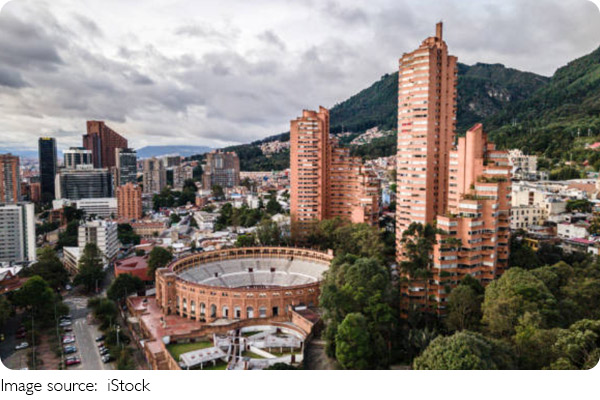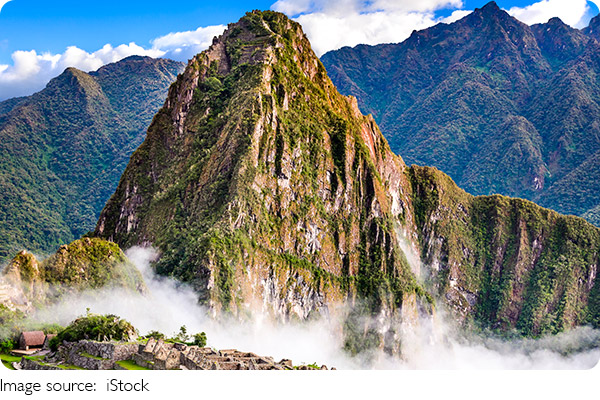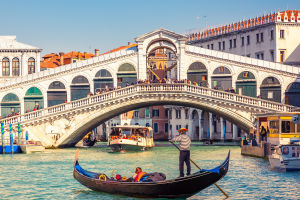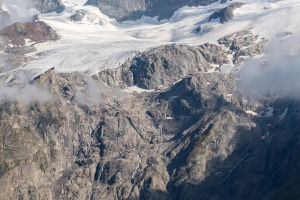Ready to Touch the Sky?

Traveling above the clouds offers more than just stunning views—it's a gateway to unique landscapes, vibrant cultures, and once-in-a-lifetime experiences.
For Lykkers seeking adventure, fresh air, and history-packed destinations, these high-altitude cities promise an unforgettable escape.
From South America's scenic ridges to Andean wonders, here's a guide on what to expect, how to get there, and what to do once you've arrived.
1. El Alto, Bolivia
El Alto is one of the world's highest major urban centers and sits directly above Bolivia's capital, La Paz. Known for its fast growth and strong Aymara heritage, it offers a raw, authentic experience full of vibrant culture and local life.
Altitude: 4,150 meters (13,615 feet)
Where It Is: Neighboring La Paz in western Bolivia
How to Get There: Fly into El Alto International Airport or take a short ride from La Paz via Mi Teleférico (cable car system)
What to See and Do: Explore one of South America's largest street markets, admire the vibrant "cholets" (local architecture), and catch panoramic views of the Andes
Tickets and Hours: The market is open daily; Mi Teleférico tickets cost less than $1 per ride
Public Transport: Cable cars connect various zones efficiently
2. La Paz, Bolivia
Nestled in a dramatic canyon, La Paz is an energetic city where traditional Andean life blends with a modern urban rhythm. The city sprawls upward into the mountains, offering stunning views and unexpected discoveries at every turn.
Altitude: 3,640 meters (11,942 feet)
Where It Is: Just below El Alto, nestled in a bowl-shaped valley
How to Get There: Reachable from El Alto Airport or by cable car from El Alto
What to See and Do: Visit the surreal Moon Valley, browse the traditional Witch Market, and tour the archaeological site of Tiwanaku
Tickets and Hours: Moon Valley: around $2.50; Tiwanaku site: approx. $10; open from morning to early evening
Public Transport: Cable cars and local buses serve the city extensively
3. Cusco, Peru
Once the capital of the Inca Empire, Cusco is now a vibrant hub for travelers heading to Machu Picchu. Its cobbled streets, colonial-style buildings, and nearby ruins make it a place where history is alive and visible.
Altitude: 3,399 meters (11,152 feet)
Where It Is: Southeastern Peru, gateway to Machu Picchu
How to Get There: Fly into Alejandro Velasco Astete International Airport or take a scenic train from Ollantaytambo
What to See and Do: Tour Machu Picchu, walk the Inca Trail, visit Qorikancha, and explore the Sacred Valley
Tickets and Hours: Machu Picchu: approx. $45–60; time slots from 6 AM to 4 PM
Public Transport: Taxis, local minibuses, and tourist shuttles available
4. Quito, Ecuador
Sitting on the slopes of the Pichincha volcano, Quito combines old-world charm with scenic beauty. Its well-preserved old town, showcases unique architecture and cultural depth.
Altitude: 2,850 meters (9,350 feet)
Where It Is: Northern Ecuador in the Andes
How to Get There: Arrive via Mariscal Sucre International Airport
What to See and Do: Wander the historic Old Town, ride the TelefériQo to panoramic viewpoints, and climb El Panecillo
Tickets and Hours: TelefériQo: around $8.50; open 9 AM to 6 PM
Public Transport: Trolleybuses and Ecovía lines run throughout the city
5. Bogotá, Colombia
Colombia's high-altitude capital is a dynamic mix of modern districts, historical quarters, and green public spaces. Art, music, and literature thrive in this cool-climate city ringed by mountains.
Altitude: 2,640 meters (8,660 feet)
Where It Is: Central Colombia on the Andean Plateau
How to Get There: Flights land at El Dorado International Airport
What to See and Do: Hike Monserrate, visit the Gold Museum, browse the Botero Museum, and relax at Simón Bolívar Park
Tickets and Hours: Monserrate cable car: approx. $5–7; museums: entry from free to $2
Public Transport: TransMilenio rapid bus system connects major attractions
6. Potosí, Bolivia
Once one of the richest cities on Earth, Potosí sits at the foot of Cerro Rico, known for its silver mines. The city offers insights into mining history and colonial-era architecture.
Altitude: 4,067 meters (13,343 feet)
Where It Is: Southwestern Bolivia
How to Get There: Best accessed via flights to Sucre, followed by a 3–4 hour bus ride
What to See and Do: Tour Cerro Rico's mining history, visit the old national mint museum, and explore cultural landmarks
Tickets and Hours: Museums: around $3–5; open from 9 AM to 5 PM
Public Transport: Shared taxis and minibuses within city limits
7. Arequipa, Peru
Known as the "White City" due to its volcanic stone buildings, Arequipa combines elegance with adventure. It’s surrounded by three volcanoes and offers a sunny, mild climate year-round.
Altitude: 2,335 meters (7,661 feet)
Where It Is: Southern Peru, surrounded by volcanoes
How to Get There: Fly into Rodríguez Ballón International Airport or take a long-distance bus
What to See and Do: Discover the Santa Catalina Monastery, take in Colca Canyon views, and visit historic plazas and markets
Tickets and Hours: Monastery: approx. $10; Colca Canyon: entrance fee around $7
Public Transport: City buses and taxis are affordable and frequent

To Conclude
High-altitude cities offer far more than just elevation—they are gateways to incredible landscapes, vibrant traditions, and enriching exploration. With proper planning and awareness of altitude-related adjustments, Lykkers can make the most of these sky-high experiences. From ancient trails and mountain vistas to colorful markets and world-class museums, each destination brings a new perspective—both literally and culturally.
-
 Uzbekistan's Magical CitiesThis Forgotten City on the Silk Road Will Leave You Speechless!
Uzbekistan's Magical CitiesThis Forgotten City on the Silk Road Will Leave You Speechless! -
 Venice Canal CruiseDiscover the best gondola rides, scenic bridges, and insider tips for exploring Venice’s Grand Canal like a local
Venice Canal CruiseDiscover the best gondola rides, scenic bridges, and insider tips for exploring Venice’s Grand Canal like a local -
 Altitude Shock? Beat ItGoing Up? 10 Surprising Tips That Make Or Break Your High-Altitude Trip!
Altitude Shock? Beat ItGoing Up? 10 Surprising Tips That Make Or Break Your High-Altitude Trip!